

Articles
How To Store Raw Cabbage
Modified: February 23, 2024
Discover the best techniques for storing raw cabbage in this helpful articles. Keep your cabbage fresh and crisp for longer with these expert tips.
(Many of the links in this article redirect to a specific reviewed product. Your purchase of these products through affiliate links helps to generate commission for Storables.com, at no extra cost. Learn more)
Introduction
Cabbage is a versatile and nutritious vegetable that can be enjoyed in a variety of dishes. Whether you grow your own cabbage or purchase it from the supermarket, proper storage is essential to maintain its freshness and flavor. By understanding the best techniques for storing raw cabbage, you can ensure that it stays crisp and delicious for extended periods, allowing you to enjoy this healthy ingredient whenever you desire.
In this article, we will explore different methods for storing raw cabbage to preserve its quality and extend its shelf life. We will discuss the importance of proper storage, offer tips on choosing the right cabbage, explain how to prepare cabbage for storage, and provide instructions for storing cabbage in the refrigerator, freezer, and root cellar. By following these guidelines, you can optimize the storage conditions for your cabbage, ensuring that it remains fresh and ready for use.
Proper storage of raw cabbage is crucial for maintaining its nutritional value and taste. Cabbage is packed with beneficial nutrients such as vitamin C, vitamin K, and fiber. These nutrients promote immune health, support digestion, and contribute to overall well-being. However, if stored improperly, cabbage can quickly deteriorate, losing its nutritional content and becoming limp or moldy.
Another reason why proper storage matters is to prevent food waste. Cabbage is a perishable vegetable that can spoil quickly if not stored correctly. By applying the right storage techniques, you can prolong the cabbage’s shelf life and reduce the chances of having to discard it due to spoilage. This not only saves you money but also helps to minimize your impact on the environment.
Now that we understand the importance of proper cabbage storage, let’s explore the different aspects you need to consider when choosing the right cabbage for storing.
Key Takeaways:
- Proper storage of raw cabbage is crucial to maintain its nutritional value, flavor, and texture. Whether in the refrigerator, freezer, or root cellar, following the right storage methods can significantly extend its shelf life and reduce food waste.
- Choosing the right cabbage, preparing it properly, and using suitable storage techniques are essential for maximizing the freshness and shelf life of cabbage. By following these guidelines and incorporating the recommended tips, you can enjoy the benefits of cabbage for an extended period.
Read more: How To Store A Cabbage
Why Proper Storage Matters
Proper storage of raw cabbage is essential to maintain its freshness, quality, and nutritional value. By taking the necessary steps to store cabbage correctly, you can maximize its shelf life and enjoy its delicious flavor and crisp texture for a longer period.
One of the primary reasons why proper storage matters is to prevent the loss of essential nutrients. Cabbage is a nutrient-dense vegetable that contains a variety of vitamins, minerals, and antioxidants. These nutrients are vital for supporting overall health and well-being. However, improper storage can lead to nutrient degradation and loss. Exposure to light, oxygen, and moisture can cause the breakdown of vitamins and antioxidants, diminishing the nutritional content of the cabbage. By storing cabbage in optimal conditions, you can help preserve its nutritional value and reap the health benefits it offers.
In addition to nutrient preservation, proper storage also helps to maintain the crispness and texture of cabbage. Cabbage can quickly become wilted and lose its crunchiness if exposed to improper storage conditions. Factors such as humidity, temperature fluctuations, and ethylene gas produced by other fruits and vegetables can accelerate the deterioration of cabbage. By storing cabbage in an environment with controlled humidity and temperature, you can extend its freshness and retain its desirable texture.
Another important reason to practice proper cabbage storage is to prevent food waste. Cabbage is a perishable vegetable that can spoil relatively quickly if not stored correctly. When cabbage spoils, it becomes slimy, discolored, and emits an unpleasant odor. By utilizing appropriate storage techniques, you can significantly extend the shelf life of cabbage, reducing the likelihood of it going to waste. This not only saves you money but also helps minimize food waste, which is an important sustainability goal.
Choosing the Right Cabbage
When it comes to selecting cabbage for storage, there are several factors to consider to ensure optimal freshness and flavor. The following tips will guide you in choosing the right cabbage for storing:
1. Variety: Cabbage comes in different varieties, including green cabbage, red cabbage, and Savoy cabbage, each with its unique taste and texture. Choose the variety that suits your preference and culinary needs.
2. Size and Weight: Look for cabbage heads that are compact and dense. They should feel heavy for their size, indicating that they are packed with moisture and freshness.
3. Appearance: Examine the outer leaves of the cabbage. They should be crisp and vibrant in color, without any browning, wilting, or signs of damage. Avoid cabbages with visible pests or signs of disease.
4. Firmness: Squeeze the cabbage gently. It should feel firm to the touch, with no soft spots or sponginess. Avoid cabbages that feel overly soft or mushy.
5. Smell: Take a whiff of the cabbage. It should have a fresh, clean aroma with no unpleasant or off-putting odors. A strong, foul smell may indicate that the cabbage is no longer fresh.
6. Season: Cabbage is typically available year-round, but its flavor and quality can vary depending on the season. In general, winter cabbages tend to be sweeter and more flavorful. However, cabbage harvested in the spring and summer months can also be delicious if stored properly.
By considering these factors, you can choose the right cabbage that is fresh, flavorful, and suitable for storage. Remember that the quality of the cabbage you select will directly impact its shelf life and how well it retains its freshness and taste, so choose wisely!
Preparing Cabbage for Storage
Before storing cabbage, it’s essential to properly prepare it to ensure maximum freshness and longevity. Follow these steps to prepare cabbage for storage:
1. Cleaning: Rinse the cabbage under cool running water to remove any dirt or debris. Gently rub the outer leaves to remove any stubborn dirt. Pat the cabbage dry with a clean towel or paper towel.
2. Removing Outer Leaves: Inspect the outer leaves of the cabbage. If they appear wilted, damaged, or discolored, remove them as they can accelerate the deterioration of the rest of the cabbage. Peel off the outer leaves until you reach the fresh, intact leaves beneath.
3. Cutting: Decide whether you want to store the cabbage whole or in smaller pieces. If you prefer to store it whole, leave the cabbage intact. If you wish to store it in smaller portions, carefully cut the cabbage into wedges or shred it into thin strips, depending on your intended use.
4. Blanching (Optional): Blanching cabbage before storage can help preserve its color, texture, and nutritional value. To blanch cabbage, bring a pot of water to a boil and submerge the cabbage wedges or shredded cabbage into the boiling water for 1-2 minutes. Then, transfer them immediately to a bowl of ice water to cool. Drain the cabbage thoroughly before storing.
5. Drying: Ensure that the cabbage is completely dry before storing. Excess moisture can lead to rot and spoilage. Use a clean kitchen towel or paper towels to blot any remaining moisture.
Properly preparing cabbage for storage sets the foundation for maintaining its quality and prolonging its shelf life. By taking the time to clean, trim, and dry the cabbage, you create an environment that is less conducive to mold and decay, ensuring that your stored cabbage stays fresh and ready to use. Now that the cabbage is prepared, let’s dive into the various methods of storing cabbage to keep it in its best condition.
Storing Cabbage in the Refrigerator
The refrigerator is an excellent storage option for keeping cabbage fresh and crisp, especially if you plan to use it within a few weeks. Follow these steps to store cabbage in the refrigerator:
1. Wrap in Plastic: Wrap the prepared cabbage tightly in plastic wrap or place it in a resealable plastic bag. This helps to retain moisture and prevent the cabbage from drying out.
2. Store in the Crisper Drawer: Place the wrapped or bagged cabbage in the crisper drawer of your refrigerator. The crisper drawer provides a slightly higher humidity environment that mimics the natural conditions of the cabbage, helping to keep it fresh for a more extended period.
3. Avoid Ethylene Exposure: Keep the cabbage away from ethylene-producing fruits and vegetables, such as apples, avocados, and tomatoes. Ethylene gas can speed up the ripening process of cabbage and lead to faster deterioration.
4. Check and Rotate: Periodically check the cabbage for any signs of spoilage, such as discoloration or mold. If you notice any damaged or spoiled areas, remove them immediately. Additionally, rotate the cabbage every few days to prevent any one area from becoming too moist or compressed.
By following these steps, you can maintain the freshness and quality of cabbage in the refrigerator for several weeks. However, if you have an excess amount of cabbage or want to store it for a more extended period, you may consider freezing it for long-term storage.
Store raw cabbage in the crisper drawer of the refrigerator, wrapped in a damp paper towel to maintain its crispness. It can last for up to 2 weeks when stored this way.
Read more: How To Store Raw Beef
Storing Cabbage in the Freezer
If you have a surplus of cabbage or want to store it for an extended period, freezing it is a great option. Freezing cabbage allows you to preserve its freshness and nutritional value for months. Here’s how you can store cabbage in the freezer:
1. Blanching: Start by blanching the cabbage to help retain its flavor, color, and texture. Bring a pot of water to a boil and immerse the cabbage wedges or shredded cabbage in the boiling water for 1-2 minutes. Then, transfer the blanched cabbage to a bowl of ice water to cool. Drain the cabbage thoroughly.
2. Pack into Bags or Containers: Divide the blanched cabbage into convenient portions and pack them into airtight freezer bags or containers. Make sure to remove all excess air from the bags to prevent freezer burn. Label the bags or containers with the date for easy reference.
3. Place in the Freezer: Put the packed cabbage in the freezer, making sure to place them in a single layer initially to allow for quicker freezing. Once frozen, you can stack them to save space.
4. Frozen Shelf Life: Properly stored, cabbage can last in the freezer for up to several months. However, for the best quality, it is recommended to use frozen cabbage within 6 to 8 months.
5. Thawing and Using: When you are ready to use the frozen cabbage, thaw it in the refrigerator overnight. Avoid thawing cabbage at room temperature as it can lead to a loss of flavor and texture. Once thawed, you can incorporate the cabbage directly into your desired recipe.
By following these steps, you can easily store cabbage in the freezer for long-term storage. Frozen cabbage is a convenient option for adding to soups, stews, stir-fries, and other cooked dishes. However, it is important to note that freezing may cause the texture of cabbage to become softer. Therefore, frozen cabbage is best utilized in cooked preparations rather than raw dishes.
Storing Cabbage in a Root Cellar
If you have access to a root cellar or a cool, dark, and humid storage space, storing cabbage in this environment can be an excellent option. Root cellars provide the ideal conditions for extending the shelf life of cabbage. Here is how you can store cabbage in a root cellar:
1. Cleaning: Begin by cleaning the cabbage as mentioned earlier. Remove any dirt and debris, and gently pat it dry.
2. Trim Outer Leaves: Inspect the outer leaves of the cabbage. Remove any damaged or wilted leaves, ensuring that you only have healthy, intact leaves remaining on the cabbage.
3. Leave the Stem Intact: Keep the stem of the cabbage intact if possible. The stem helps to maintain the cabbage’s freshness and moisture.
4. Choose a Cool, Dark, and Humid Spot: Find a cool and dark corner in your root cellar where the temperature ranges between 32°F to 40°F (0°C to 4°C). The humidity level should be around 90-95% to prevent the cabbage from drying out.
5. Group Cabbages Together: Place the cabbages closely together in your root cellar, ensuring that there is proper air circulation around them. You can stack them on shelves or place them on elevated platforms.
6. Regularly Inspect: Check on the cabbages periodically to ensure they are free from any signs of molding or decay. If you notice any spoiled cabbages, remove them promptly to prevent the spread of spoilage to other cabbages.
Storing cabbage in a root cellar can extend its shelf life for several months, allowing you to enjoy fresh cabbage throughout the winter. However, it’s important to note that root cellars require the appropriate humidity and temperature levels to maintain the cabbage’s quality. Regularly monitor these conditions and make any necessary adjustments to ensure optimal storage conditions.
Tips for Storing Cabbage
To make the most of your cabbage storage, here are some additional tips and tricks to keep in mind:
1. Keep It Cool: Cabbage prefers cool temperatures for storage. Whether you’re using the refrigerator or a root cellar, make sure the storage environment is within the recommended temperature range to prevent premature spoilage.
2. Handle With Care: Cabbage can be fragile, so handle it gently during preparation and storage to avoid bruising or damaging the leaves. A damaged cabbage is more susceptible to spoilage.
3. Store Unwashed: It’s best to store cabbage unwashed. Washing it before storage can introduce excess moisture, which can accelerate spoilage. Rinse the cabbage just before using it.
4. Separate Outer Leaves: If you’re storing whole cabbage heads, separate the outer leaves from the inner leaves. This helps to prevent moisture accumulation and maintains the freshness of the cabbage.
5. Use Airtight Containers: When using containers for storage, opt for airtight containers to prevent air and moisture from entering. This helps to maintain the ideal storage conditions and prolong the cabbage’s freshness.
6. Store in Small Portions: If you frequently use smaller quantities of cabbage, consider storing it in smaller portions. This allows you to defrost or use only what you need, minimizing food waste.
7. Label and Date: When storing cabbage in the freezer or refrigerator, label each container or bag with the date. This makes it easier to keep track of its freshness and ensures you use the oldest cabbage first.
8. Preserve Nutrients: To retain the maximum nutritional value, consume cabbage as soon as possible after harvesting or purchasing. Over time, certain nutrients may naturally degrade, but storing cabbage properly can help slow down this process.
9. Rotate Stock: If you have multiple heads of cabbage, regularly check your stock and rotate them to ensure you use the oldest cabbage first. This prevents any cabbage from being forgotten and becoming wasted.
10. Consider Fermentation: If you enjoy fermented foods, consider making sauerkraut or kimchi with your cabbage. Fermentation not only preserves the cabbage but also enhances its flavor and provides additional probiotic benefits.
By following these tips, you can maximize the freshness and shelf life of your cabbage, reducing food waste and ensuring that you always have this nutritious vegetable on hand for your culinary creations.
Conclusion
Proper storage of raw cabbage is key to maintaining its freshness, flavor, and nutritional value. Whether you choose to store it in the refrigerator, freezer, or a root cellar, following the correct storage methods can significantly extend its shelf life and reduce food waste. By considering factors such as choosing the right cabbage, preparing it properly, and using suitable storage techniques, you can enjoy the benefits of cabbage for an extended period.
Storing cabbage in the refrigerator provides a convenient option for short-term storage, ensuring that it remains crisp and ready to use for a few weeks. On the other hand, freezing cabbage allows you to preserve it for longer durations, making it a perfect choice for those with a surplus or for future use in various cooked dishes.
If you have access to a root cellar or a cool storage space, storing cabbage in such an environment can maintain its quality and freshness for several months. A root cellar provides the optimal conditions of temperature and humidity to keep cabbage at its best.
Remember to handle cabbage gently, clean it properly, and store it in appropriate containers or wrapping to prevent moisture and air exposure. Regularly inspect your stored cabbage for any signs of spoilage and remove any damaged pieces promptly to prevent the spread of decay.
By following these guidelines and incorporating the recommended tips, you can make the most of your cabbage storage, reduce food waste, and enjoy the nutritional benefits of this versatile vegetable throughout the year.
So, next time you bring home a head of fresh cabbage, take the necessary steps to store it properly and prolong its shelf life. Your future self will thank you as you savor every crispy and flavorful bite!
Frequently Asked Questions about How To Store Raw Cabbage
Was this page helpful?
At Storables.com, we guarantee accurate and reliable information. Our content, validated by Expert Board Contributors, is crafted following stringent Editorial Policies. We're committed to providing you with well-researched, expert-backed insights for all your informational needs.
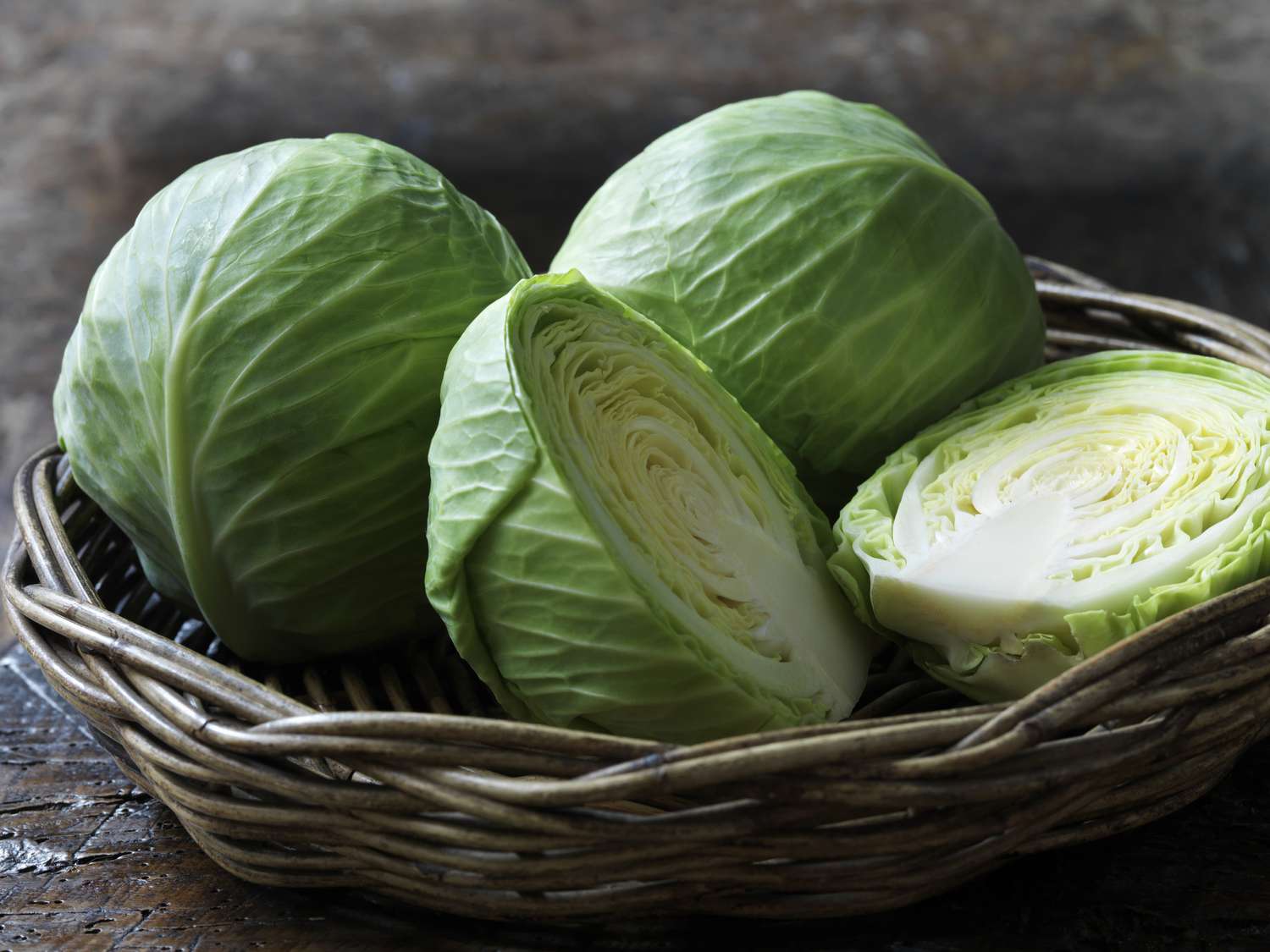
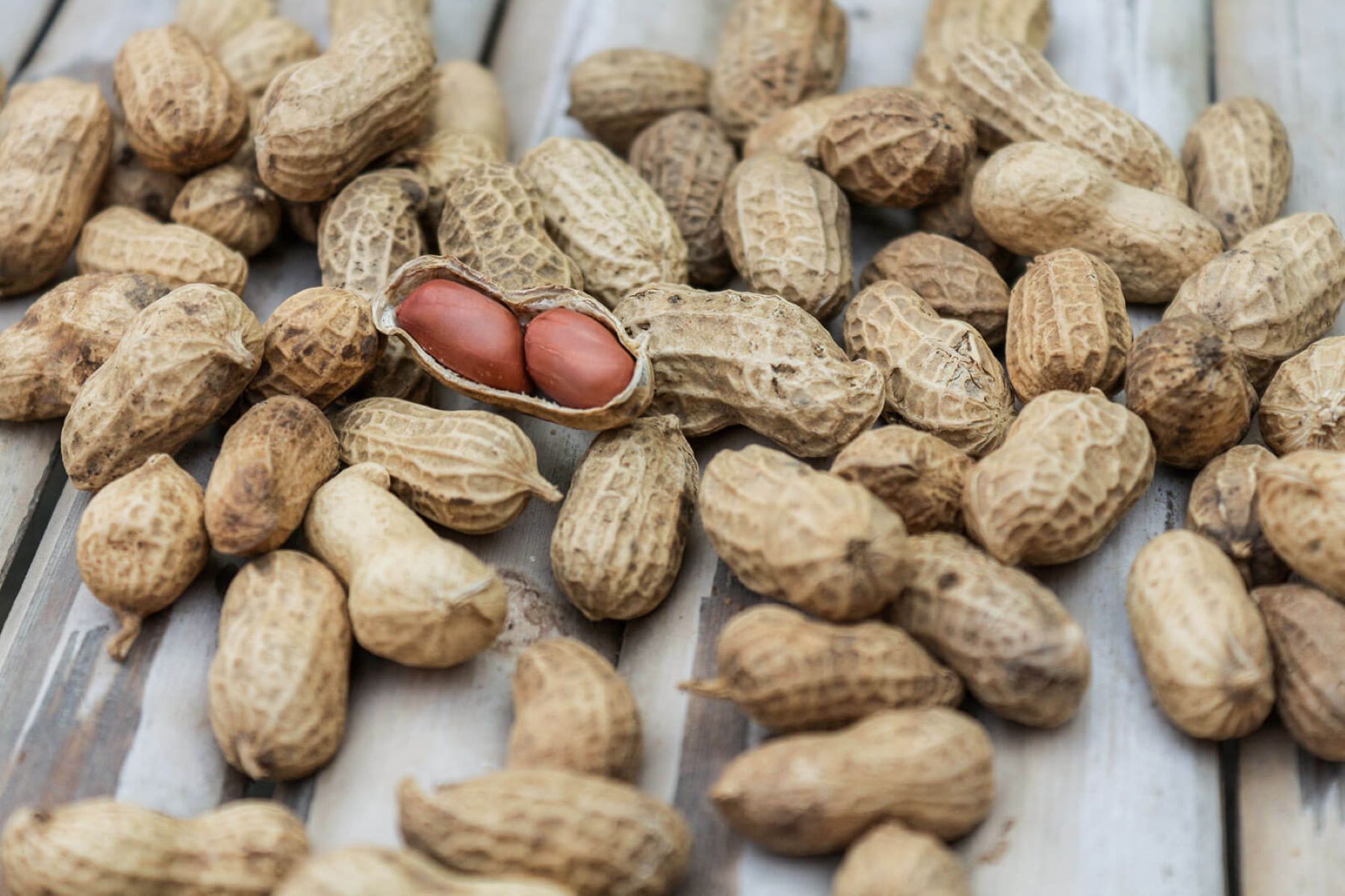
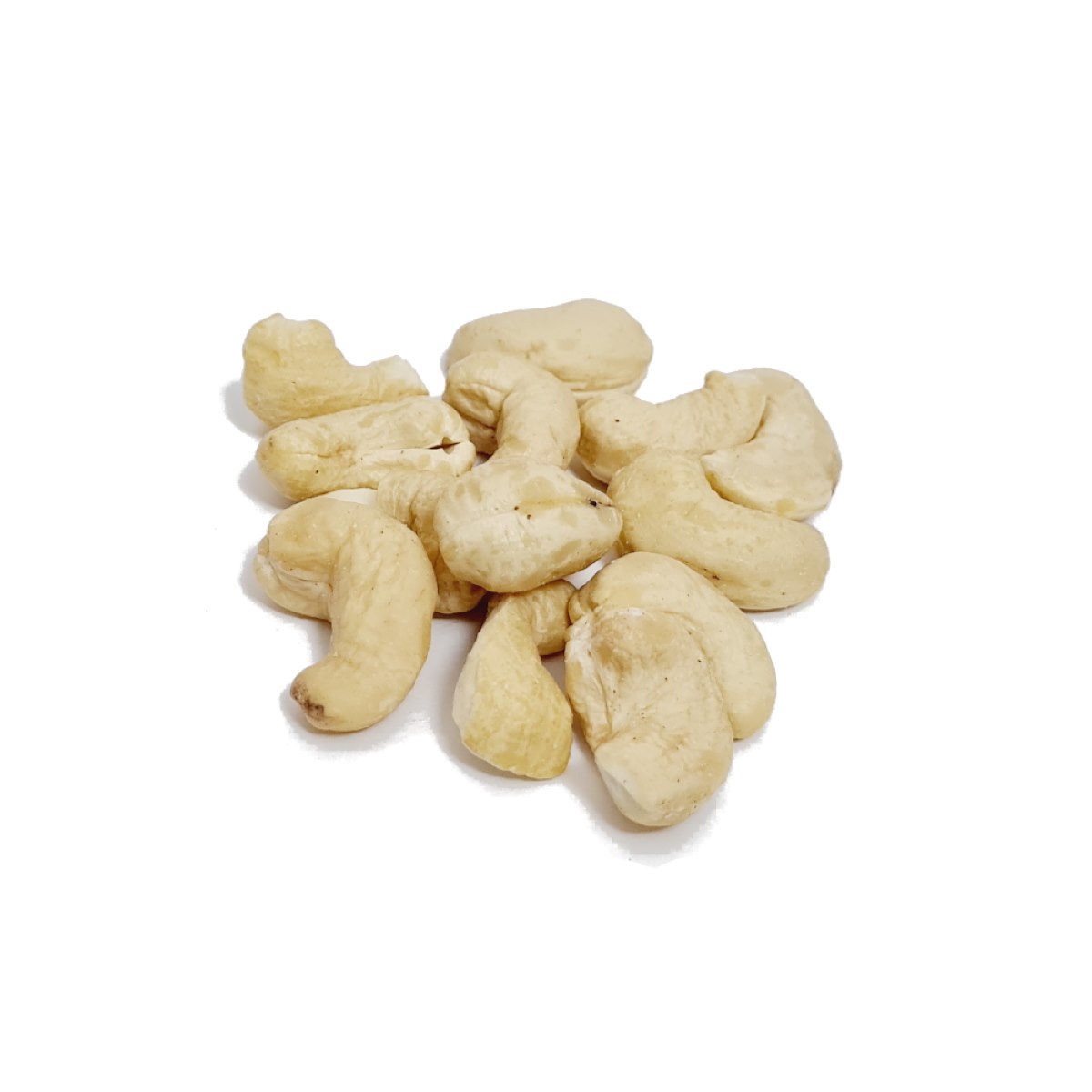
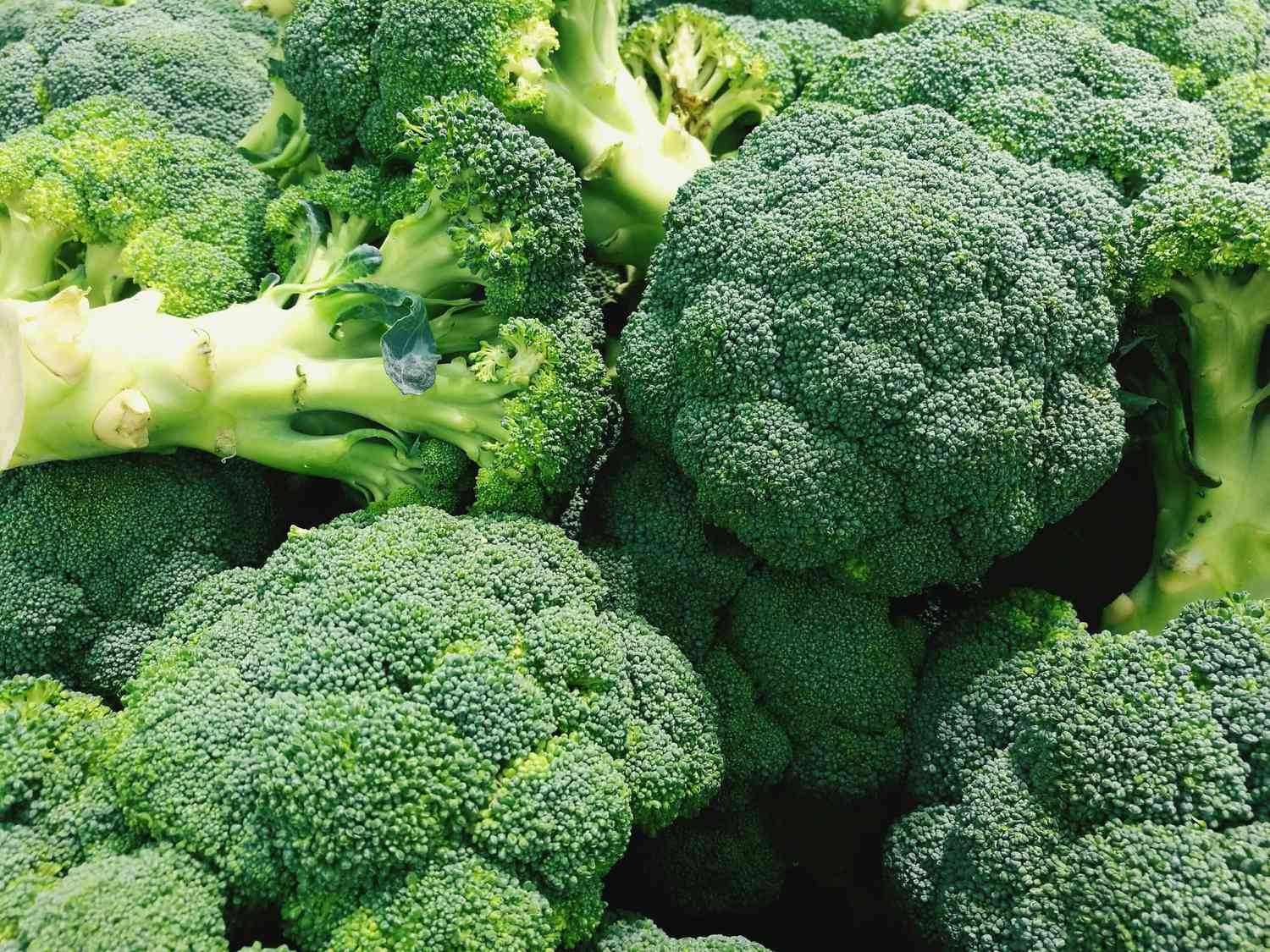
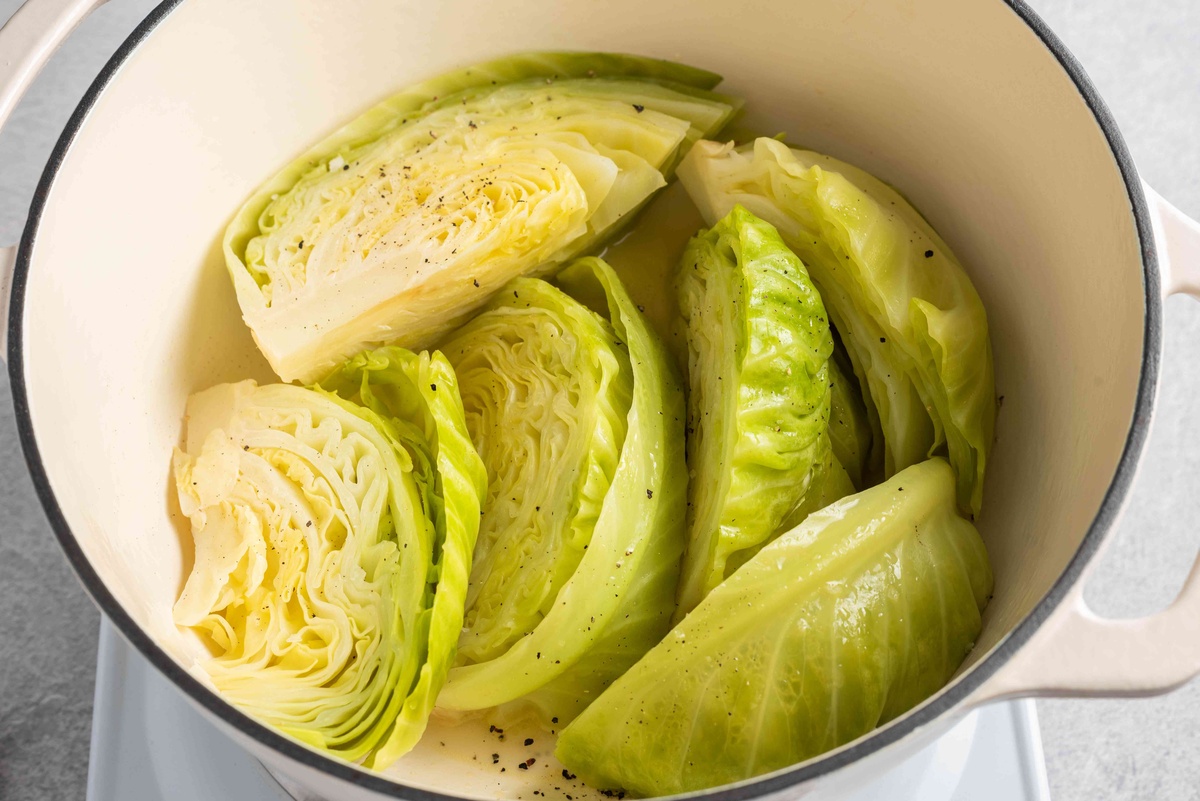
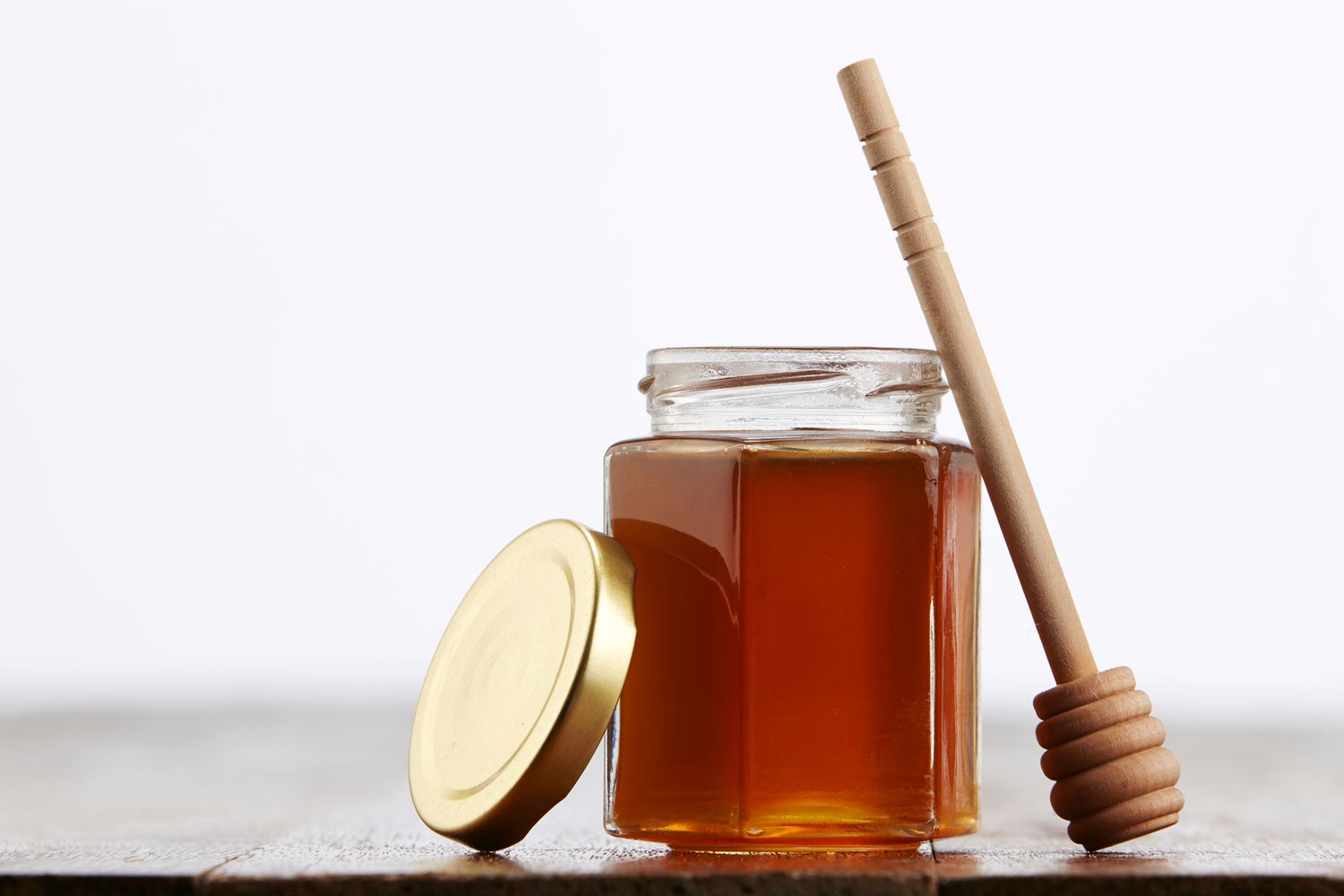
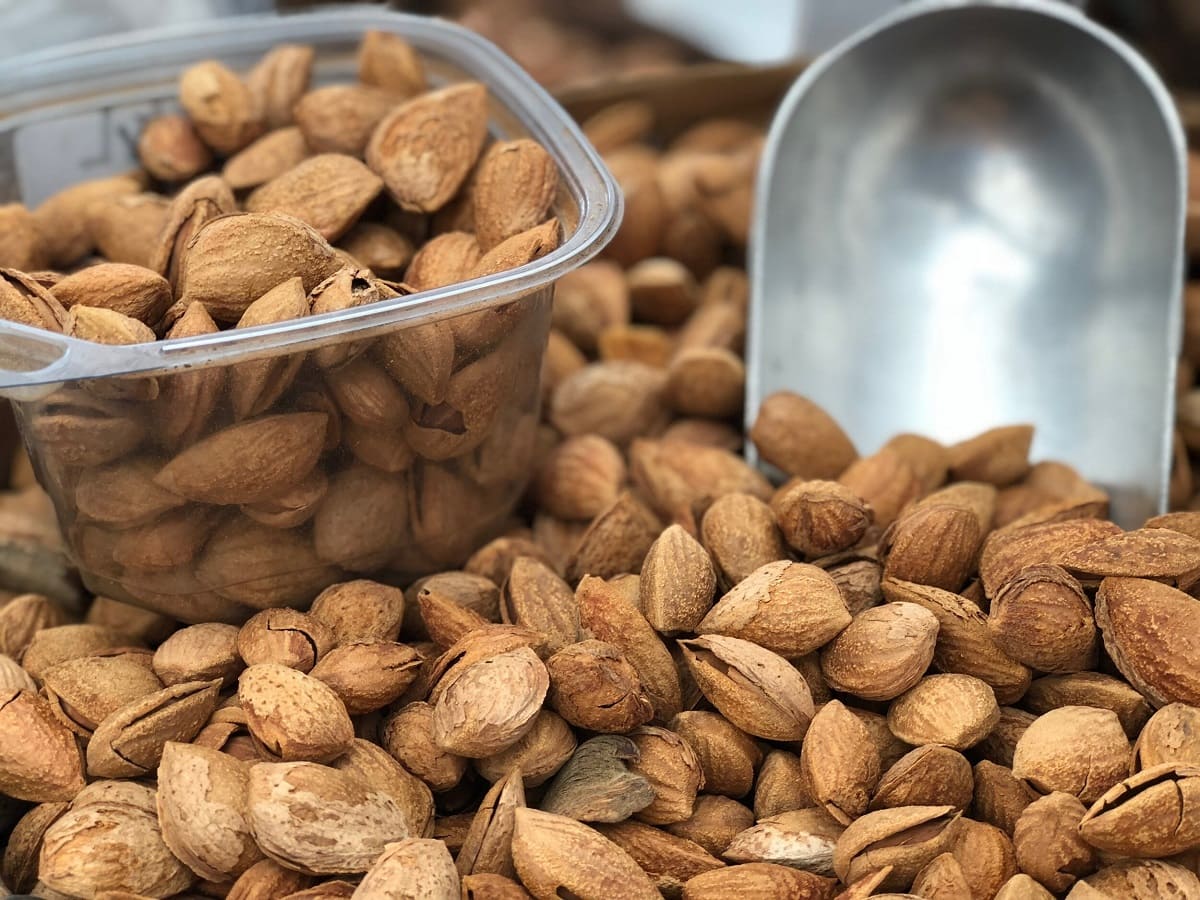
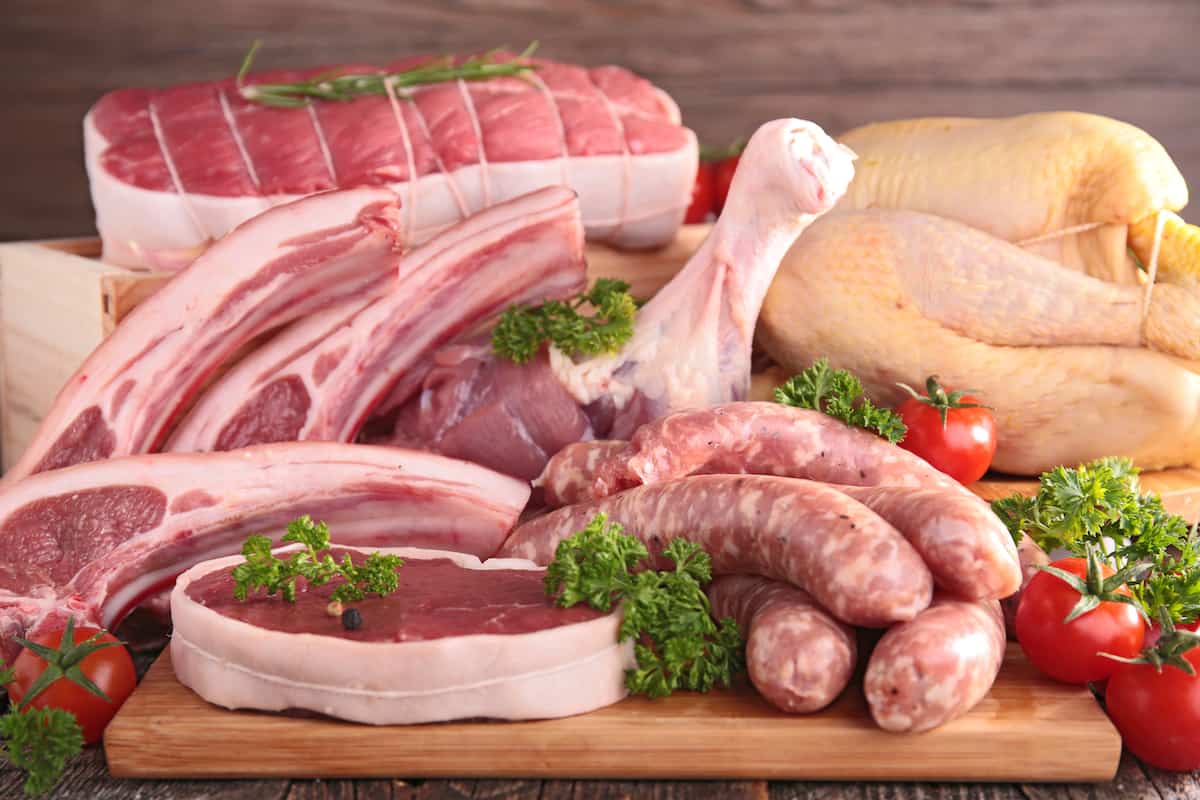

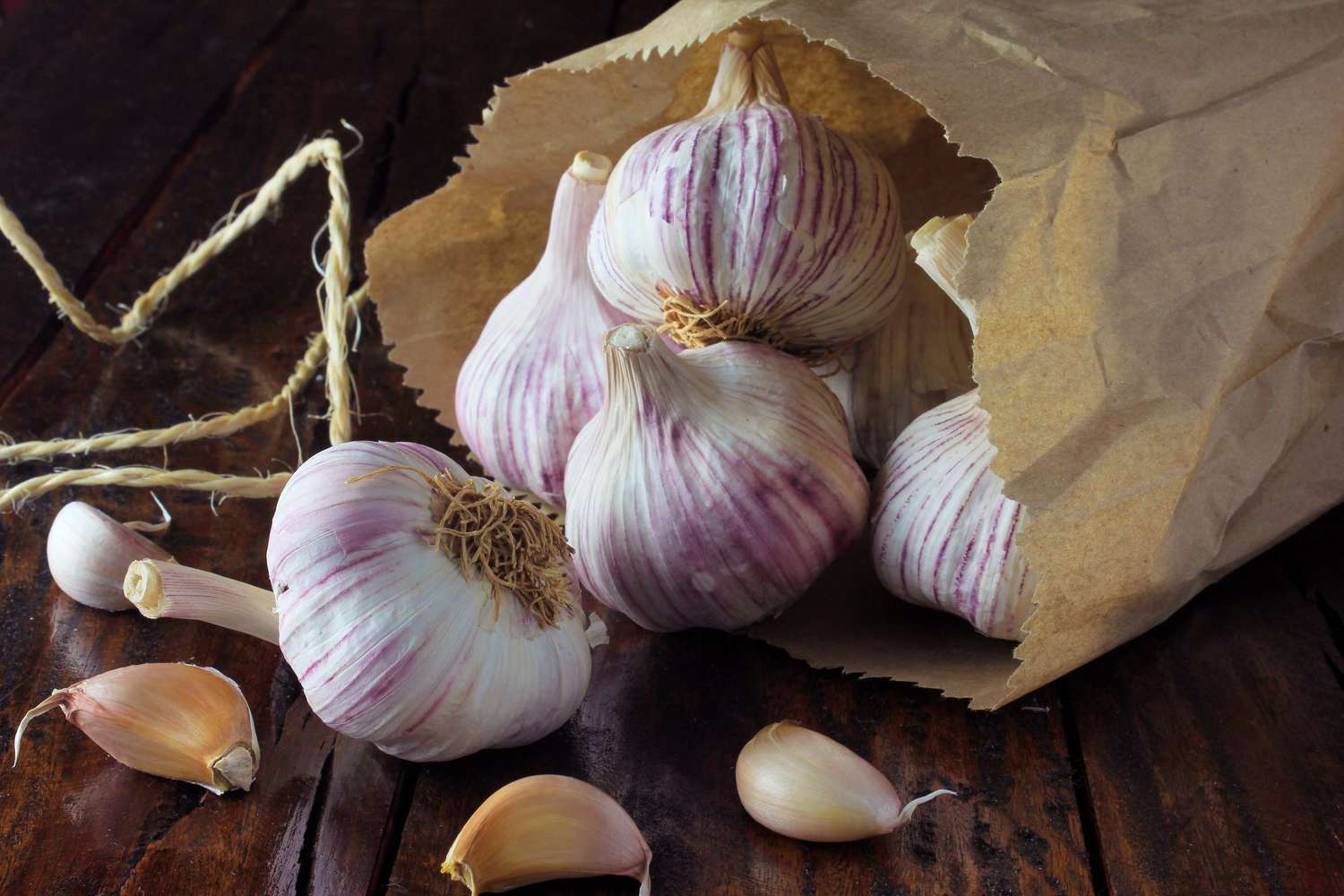
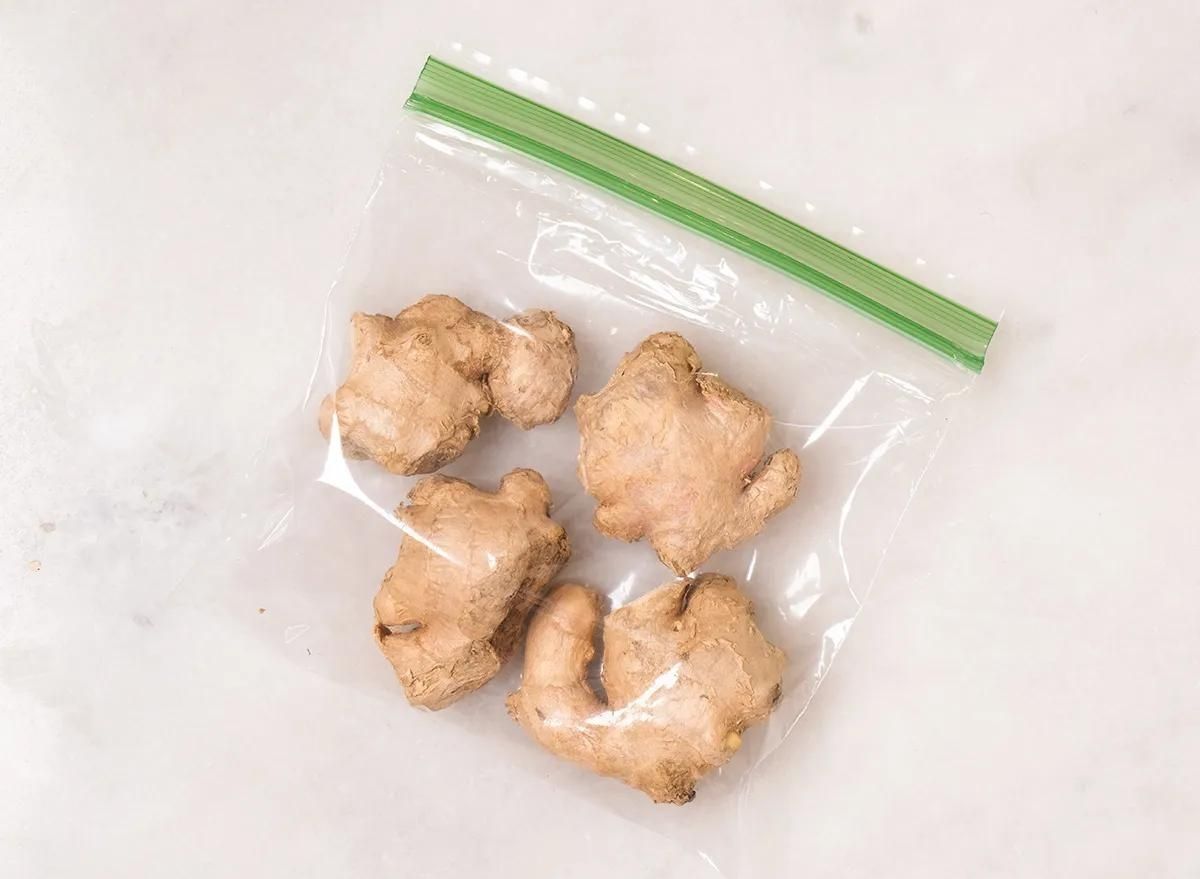
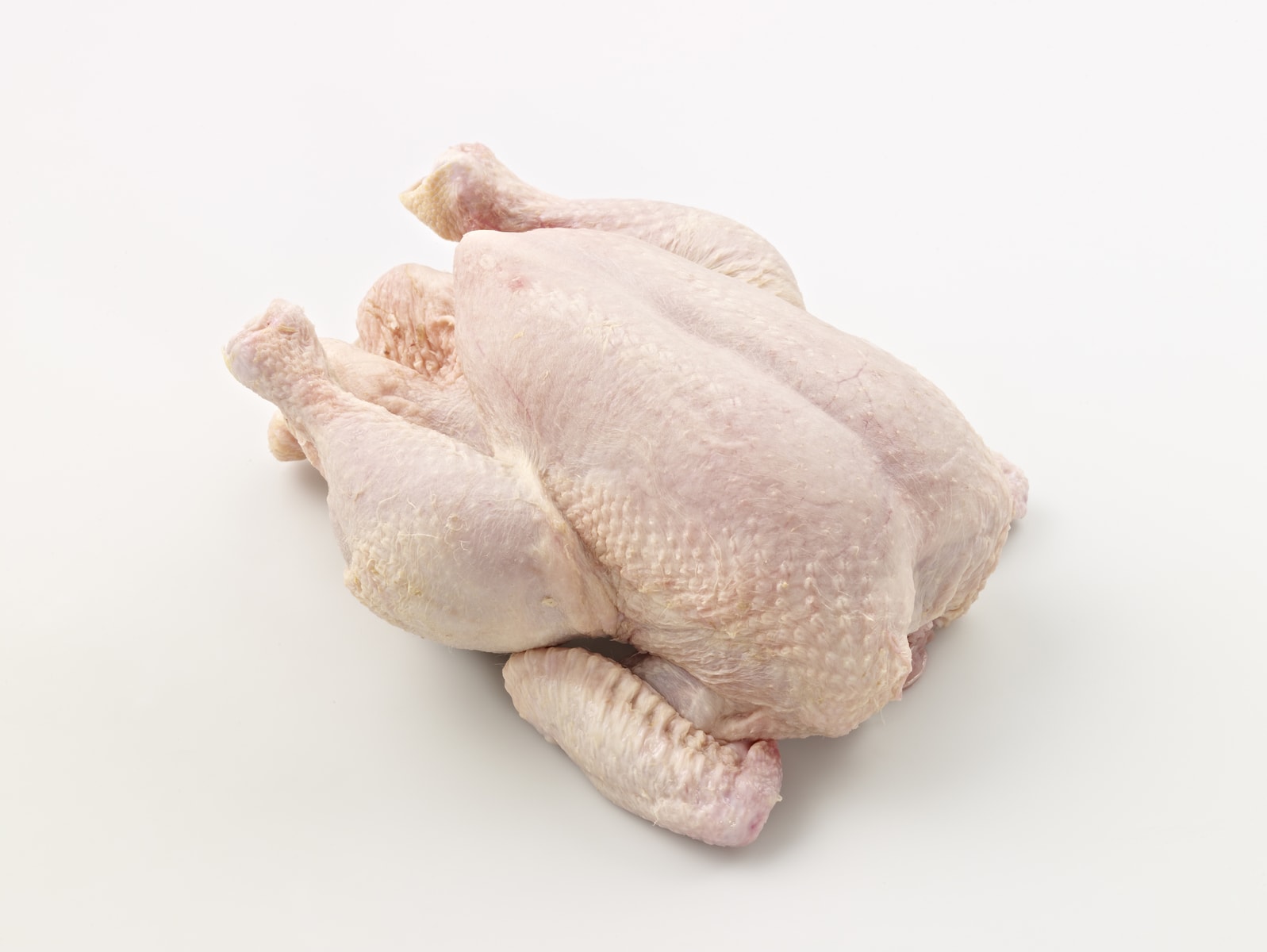
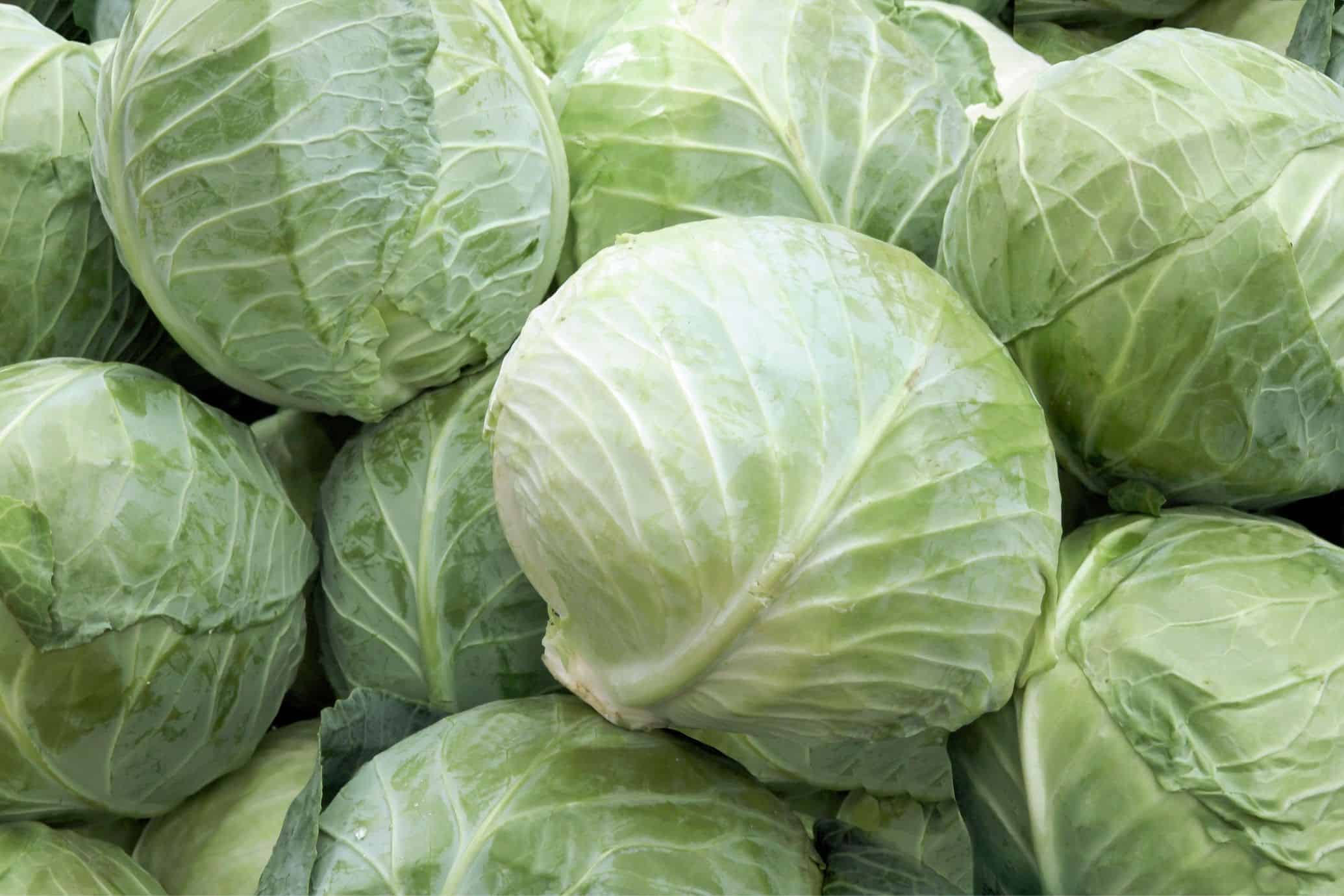
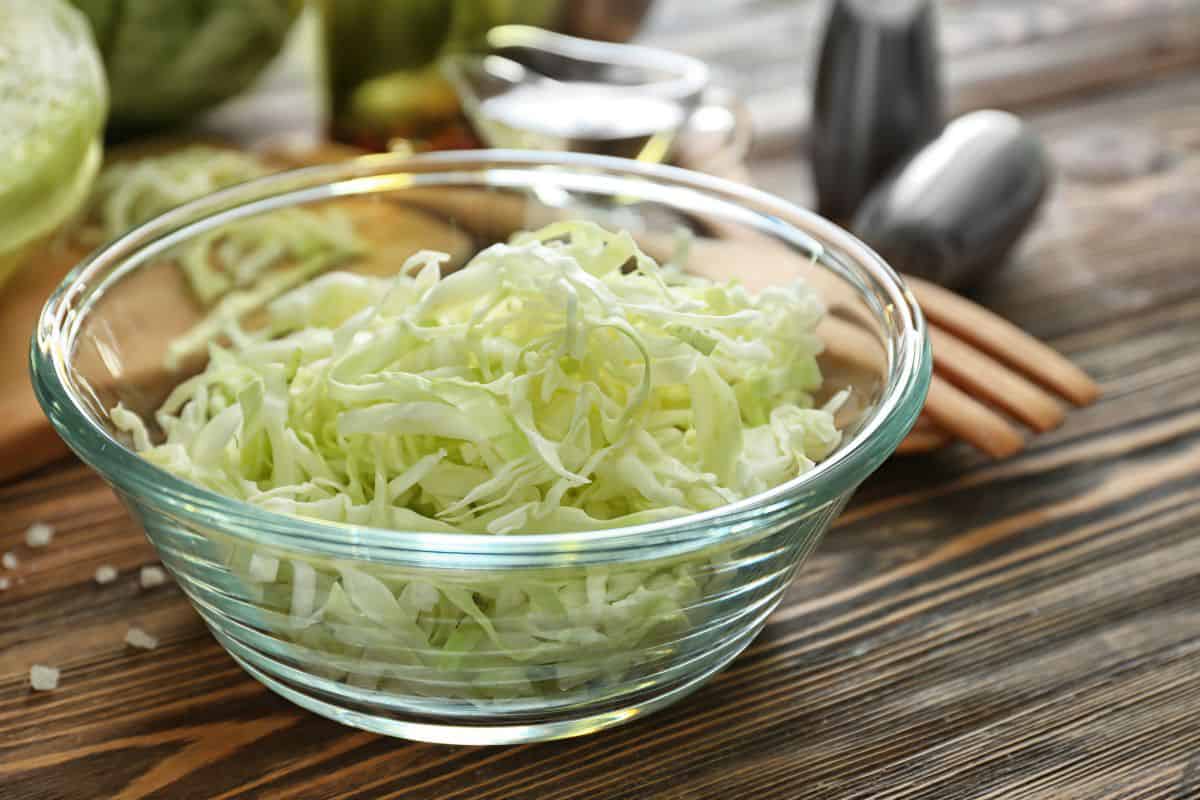

0 thoughts on “How To Store Raw Cabbage”